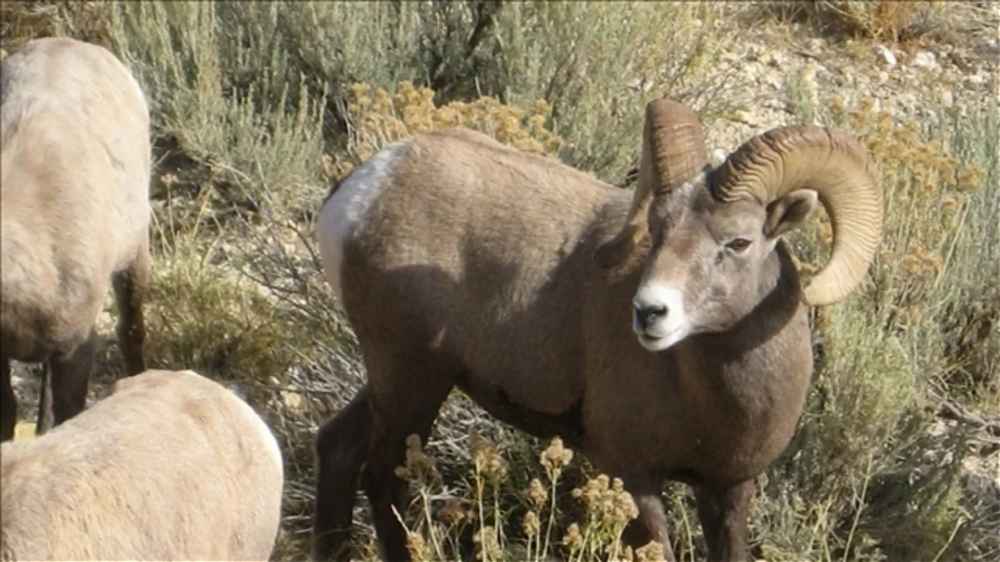In a shocking revelation of wildlife exploitation, an illegal scheme involving the breeding of hybrid sheep for private hunting preserves has come to light in Montana. Arthur “Jack” Schubarth, an 80-year-old rancher from Vaughn, Montana, recently pleaded guilty to felony charges of wildlife trafficking and conspiracy to traffic wildlife. The case sheds light on the illicit trade in exotic species and the lengths to which individuals will go for profit, regardless of the consequences for biodiversity and conservation efforts.
The elaborate conspiracy, dating back to 2013, involved Schubarth and accomplices who sought to create oversized hybrid sheep by cross-breeding different species. Their aim was to produce “giant sheep hybrids” for sale to private hunting preserves in Texas, where affluent individuals pay exorbitant fees to hunt captive trophy game animals.
Central to the scheme was the procurement of tissue and testicles from wild sheep killed by hunters in central Asia and the United States. Court documents reveal that Schubarth obtained biological tissue from a Marco Polo argali sheep, the world’s largest species of wild sheep, killed by a hunter in Kyrgyzstan. Using this tissue, Schubarth managed to obtain cloned embryos of the animal from a laboratory, which were then implanted into a ewe to produce a pure Marco Polo argali sheep dubbed “Montana Mountain King.”
The breeding program aimed to capitalize on the high demand for trophy game animals, particularly among hunters seeking prized species like the Marco Polo argali sheep. These majestic creatures, known for their imposing size and impressive horns, command top prices in the hunting industry. However, they are also protected under international conventions as a threatened species, making their exploitation and trade illegal.
To further the illicit enterprise, Schubarth used semen from Montana Mountain King to artificially impregnate other ewes, resulting in larger and more valuable hybrid species of sheep. The offspring, marketed as exotic trophies, fetched substantial sums, with one specimen reportedly sold for $10,000 in Texas.
The case underscores the insidious nature of wildlife trafficking and the detrimental impact it has on biodiversity and conservation efforts. By circumventing laws and regulations designed to protect endangered species, individuals like Schubarth perpetuate the exploitation and endangerment of vulnerable wildlife populations.
Moreover, the Montana sheep scheme highlights the need for greater vigilance and enforcement measures to combat wildlife crime. Strengthening international cooperation, enhancing surveillance and monitoring efforts, and imposing stricter penalties for offenders are essential steps in curbing the illegal trade in wildlife and safeguarding the planet’s natural heritage.
In addition to the exploitation of central Asian sheep species, the scheme also involved the illegal trafficking of native sheep species in Montana. Schubarth’s acquisition of testicles from a trophy-sized Rocky Mountain bighorn sheep, followed by the extraction of semen for breeding purposes, further underscores the extent of wildlife exploitation perpetrated under the guise of profit-driven ventures.
As the legal proceedings unfold, it is imperative to hold individuals accountable for their role in perpetuating wildlife trafficking and to address the underlying factors driving such illicit activities. By raising awareness, strengthening regulations, and fostering a culture of conservation, we can work towards preserving our planet’s precious biodiversity for future generations.
